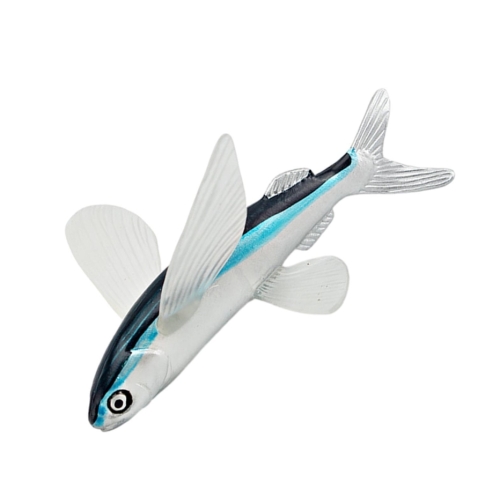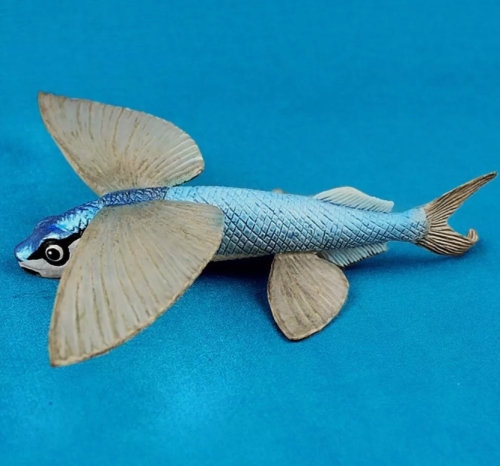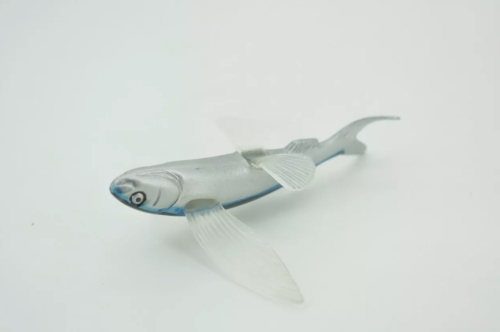The flying fish model is a mathematical model widely used in Marine ecology and fisheries management. It simulates the growth and reproduction of fish in specific environments and their interactions with environmental factors, thus providing an important tool for the study and understanding of fish population dynamics. The core of the model is to help scientists predict the future development of fish stocks by analyzing a variety of variables, such as fishing pressure, habitat change and climate factors.
In the flying fish model, fish growth is often seen as a dynamic process, influenced by a variety of biological and physical factors. By establishing corresponding equations, the growth rate, reproductive rate and mortality rate of fish can be described. In addition, the model also takes into account the interactions between fish and other species, such as predator-prey relationships, and competition between different species.
In practical applications, flying fish models can provide scientific basis for sustainable fishing policies. By conducting a comprehensive assessment of existing stocks, the model can help fishery managers set reasonable catch limits, thereby avoiding ecological imbalances caused by overfishing. In addition, models can be used to assess the impact of environmental changes on fish populations, such as rising temperatures, ocean acidification and other potential threats to fish growth and migration patterns.
The advantage of the flying Fish model is its flexibility and scalability. Researchers can adjust and refine the model according to the characteristics of specific fish populations and their living environment. This makes the flying fish model not only applicable to specific fish populations, but can also provide theoretical support for a variety of fish in different ecosystems.
















